Rucking vs. Fast Hiking vs. Trail Running: What’s the Difference?

If you’ve spent any time on the trails lately, you might’ve noticed more people moving at different paces — some with packs, some without, some jogging, some power-walking uphill. Terms like rucking, fast hiking, and trail running are popping up everywhere, but are they really that different?
Spoiler: yes. Each activity has its own rhythm, purpose, and training benefits — and understanding the difference can help you pick the right one for your fitness goals.
Rucking: Walking With Purpose (and Weight)
Rucking has roots in military training, but it’s become one of 2025’s most surprising fitness trends. Simply put, it’s walking or hiking with added weight, usually in a backpack or weighted vest.
As Outside Magazine puts it:
“Rucking, or walking with a weighted pack, is a great low-impact exercise for strengthening your legs and core.” — Outside Online
Rucking boosts endurance and builds strength without the pounding of running. It’s ideal for those who want a full-body workout outdoors but prefer a lower-impact option.
Gear Tip: When you’re carrying a weighted pack and covering miles on variable terrain, sock choice matters. Check out MudGear's Rucking Socks — engineered for stability, durability, and moisture control under heavy loads.
Fast Hiking: The Middle Ground Between Hiking and Running
Fast hiking (or speed hiking) bridges the gap between a leisurely hike and an all-out trail run. It’s all about moving faster than a normal hike without actually running — a sweet spot that builds stamina and efficiency.
According to RevolutionRace:
“Speed hiking is a unique mix of hiking and running. It’s all about moving faster than your usual hiking pace without actually breaking into a run.” — RevolutionRace.com
With a lighter pack, grippy footwear, and a determined pace (usually 3–5 mph), fast hikers cover more ground than traditional hikers, often on the same terrain used by trail runners.
Gear Tip: Even a brisk uphill hike benefits from the right socks. MudGear's Hiking Sock Collection offers trail-ready support and comfort built for long days and quick ascents.

Trail Running: Where Speed Meets Nature
Trail running is the most intense of the three — a true run over uneven, off-road terrain. It demands agility, endurance, and focus, rewarding you with speed, flow, and a deep connection to the landscape.
As Runner’s World explains:
“Trail running … has become increasingly popular in part because running in the woods or mountains is usually more appealing than sharing the road with distracted drivers.” — Runner’s World
Trail running tends to attract those seeking cardiovascular challenge and adventure. With minimal gear and maximal motion, it’s where fitness meets freedom.
Gear Tip: Technical terrain calls for technical gear. MudGear Trail Running Socks are made for off-road athletes who need protection, drainage, and blister resistance over rugged miles.

Why It Matters (and Why People Get Confused)
It’s easy to see why people blur the lines — all three take place on trails, often look similar, and share the goal of getting outdoors. But knowing the difference matters:
| Goal | Best Fit |
|---|---|
| Build strength & endurance with low impact | Rucking |
| Move efficiently outdoors & cover more distance | Fast Hiking |
| Boost cardiovascular fitness & performance | Trail Running |
Choosing the right one helps you tailor your workouts — whether you’re training for a mountain race, building resilience after injury, or just looking to make your weekend hikes more engaging.
Is This a Trend? Absolutely.
Interest in all three is rising, but rucking and trail running are leading the charge. Axios reported that “sales of specialized weighted vests surged by over 50% to $27 million by May 2025,” citing rucking’s rapid growth in mainstream fitness. And according to The Daily Telegraph, trail running is “set to be one of 2025’s hottest fitness trends.”
Fast hiking, meanwhile, is carving out its space — boosted by outdoor gear brands and weekend warriors who want more challenge without going full race mode.
The Bottom Line
Rucking, fast hiking, and trail running might look similar, but they’re distinct in pace, purpose, and intensity. Whether you’re carrying a weighted pack, powering up a trail at walking speed, or flying down singletrack, you’re still chasing the same reward: strength, resilience, and time outdoors.
Each path leads to the same summit — it’s just the way you get there that makes it yours.


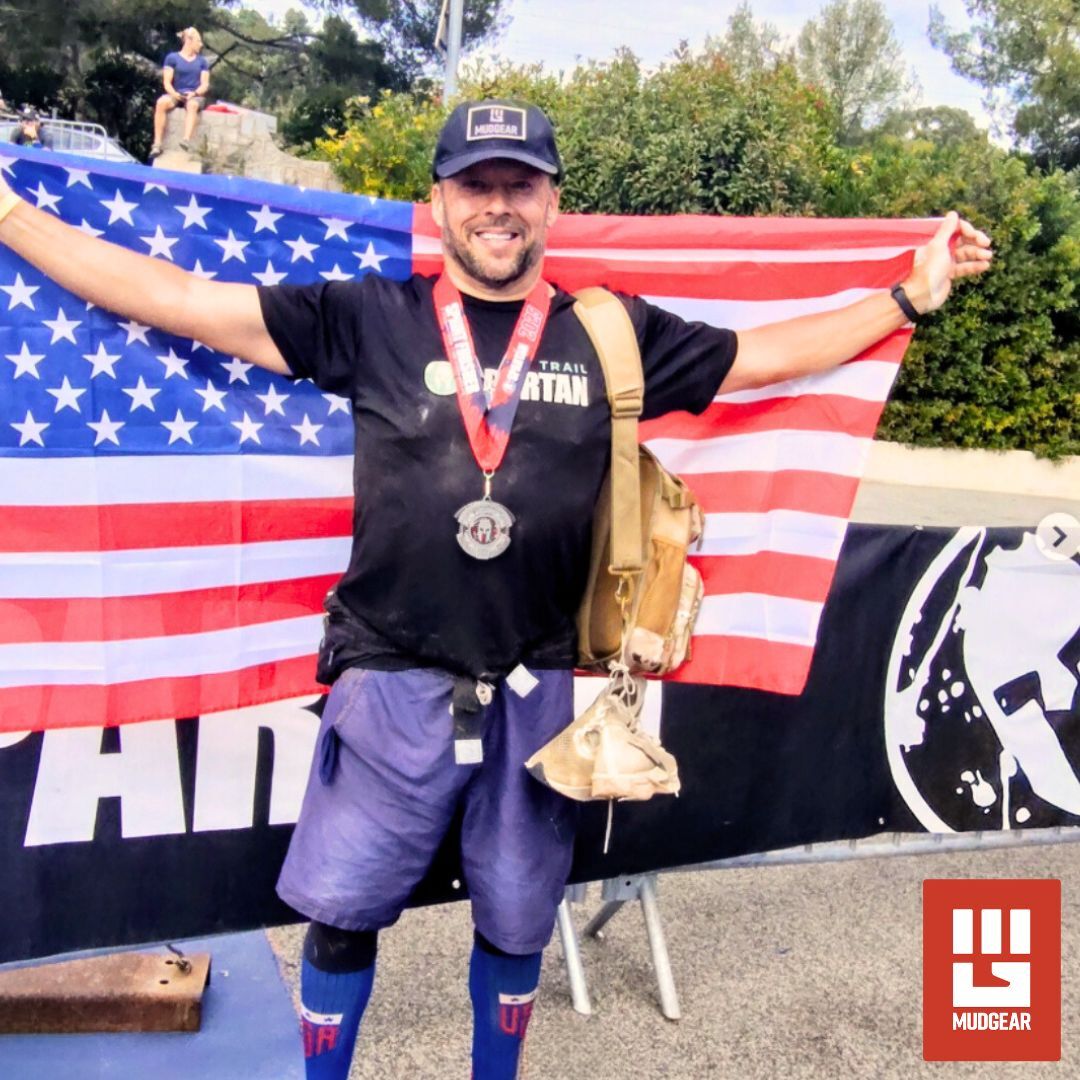
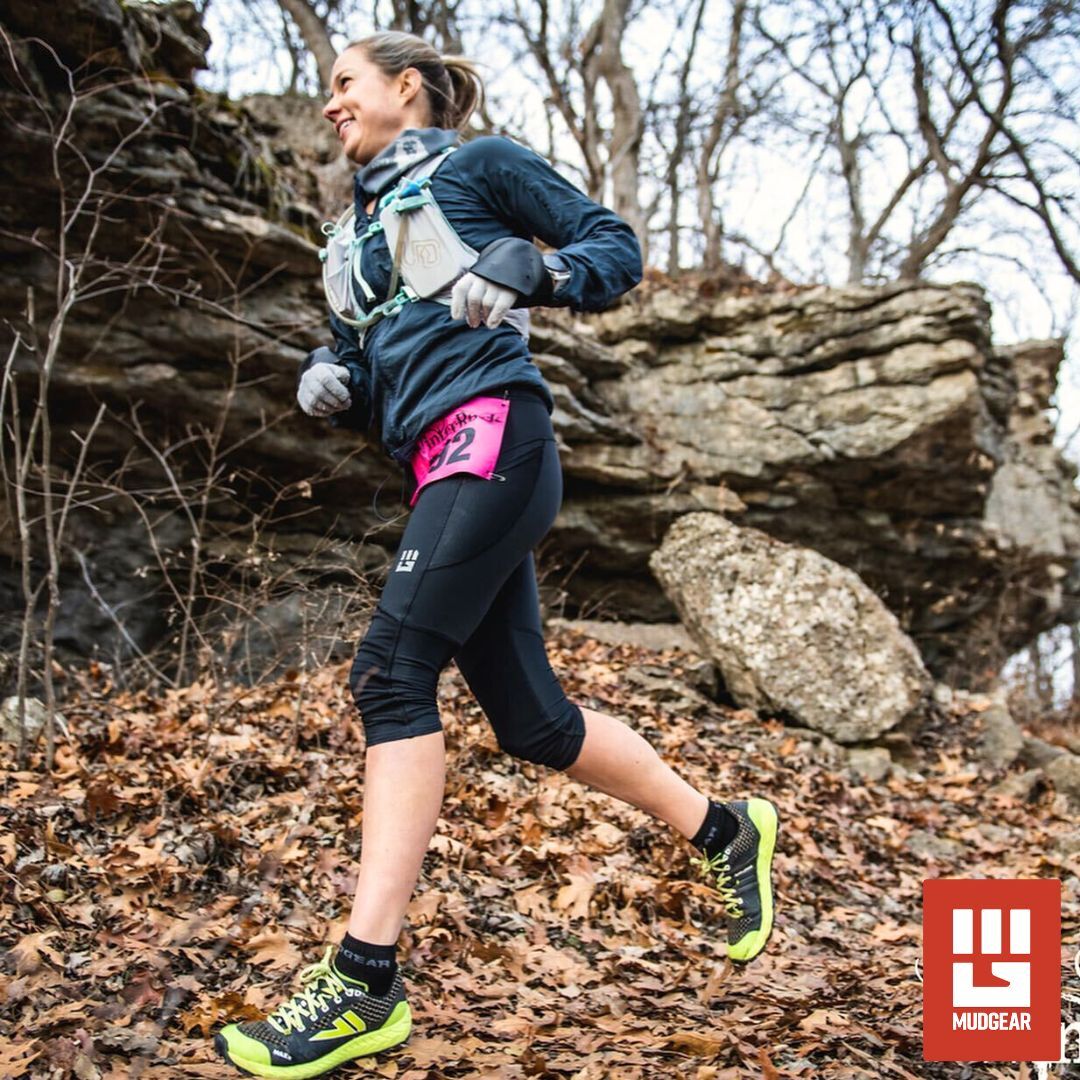
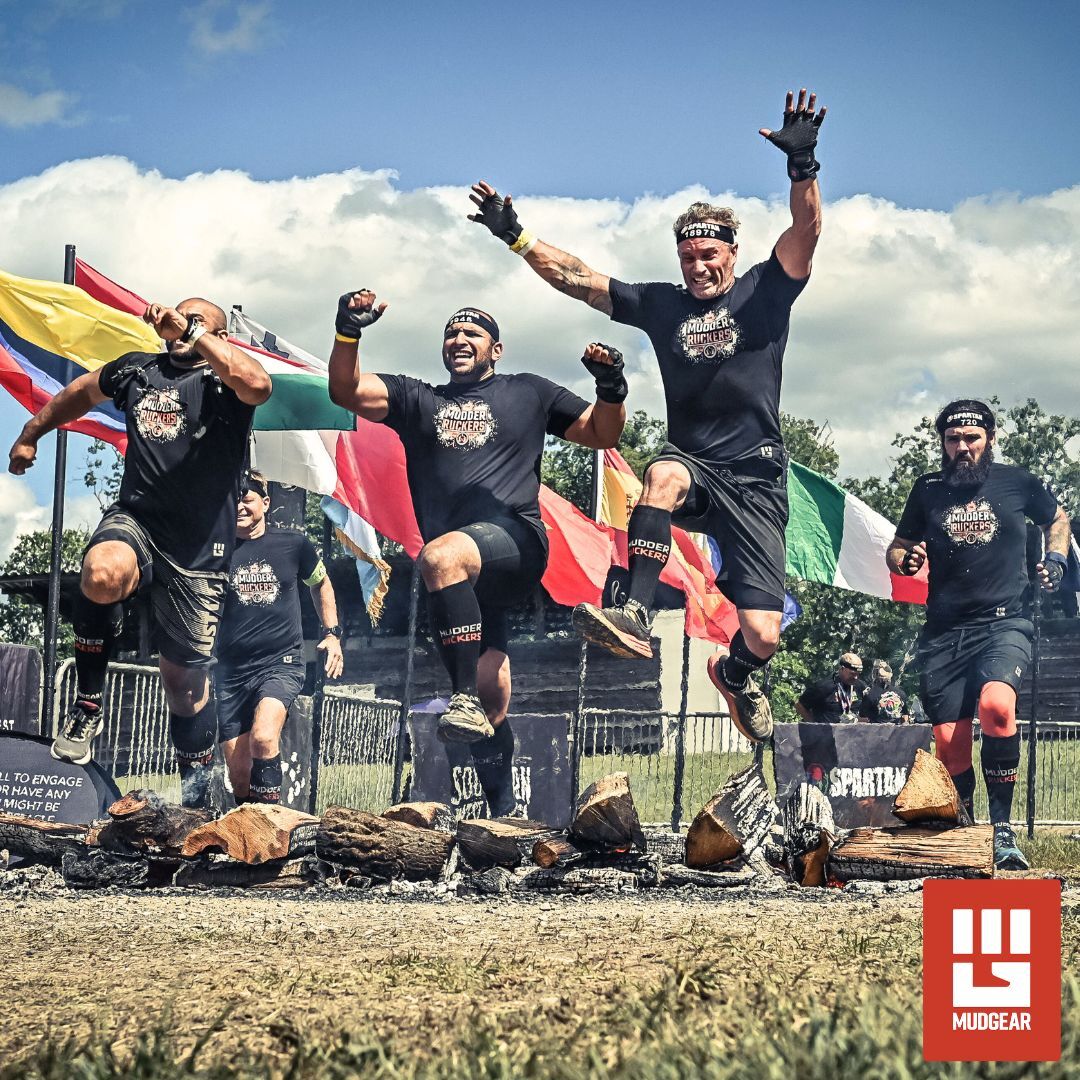
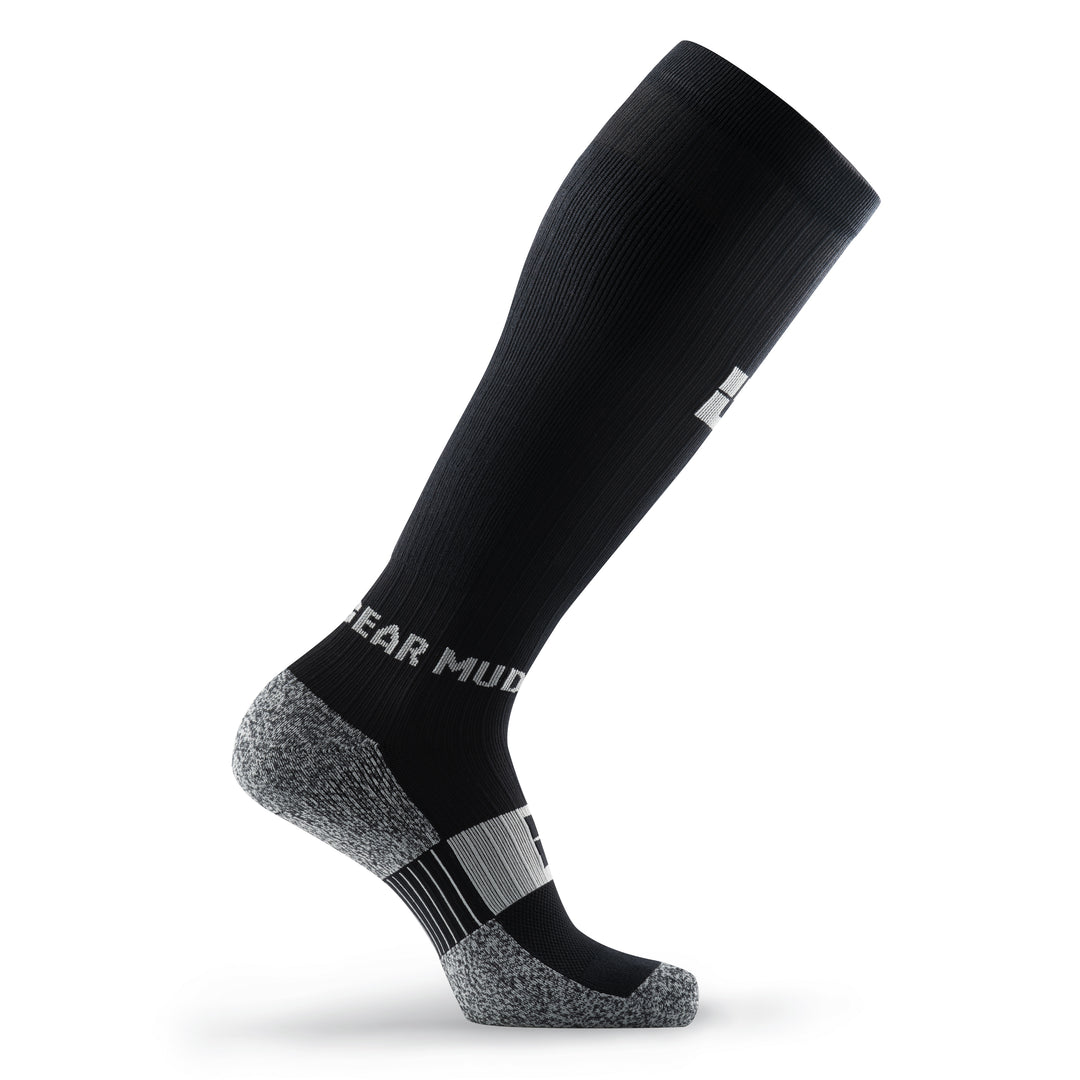
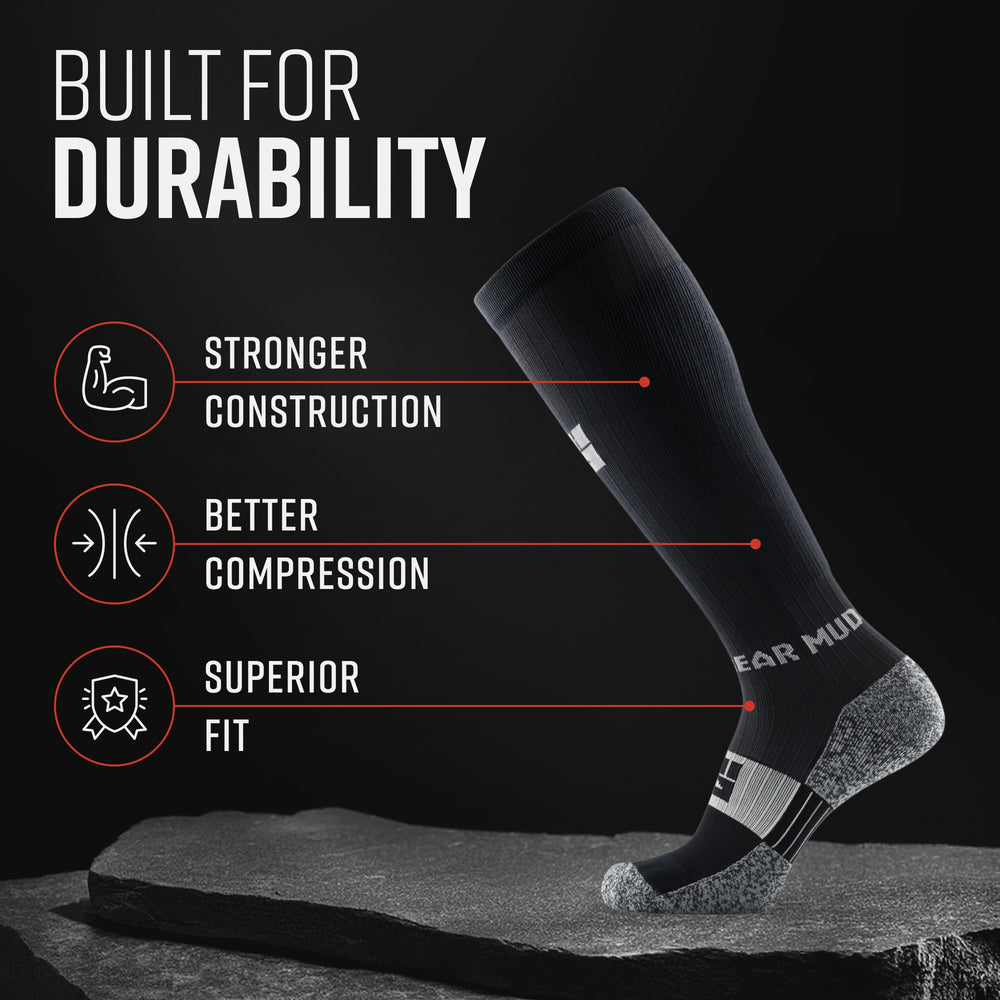
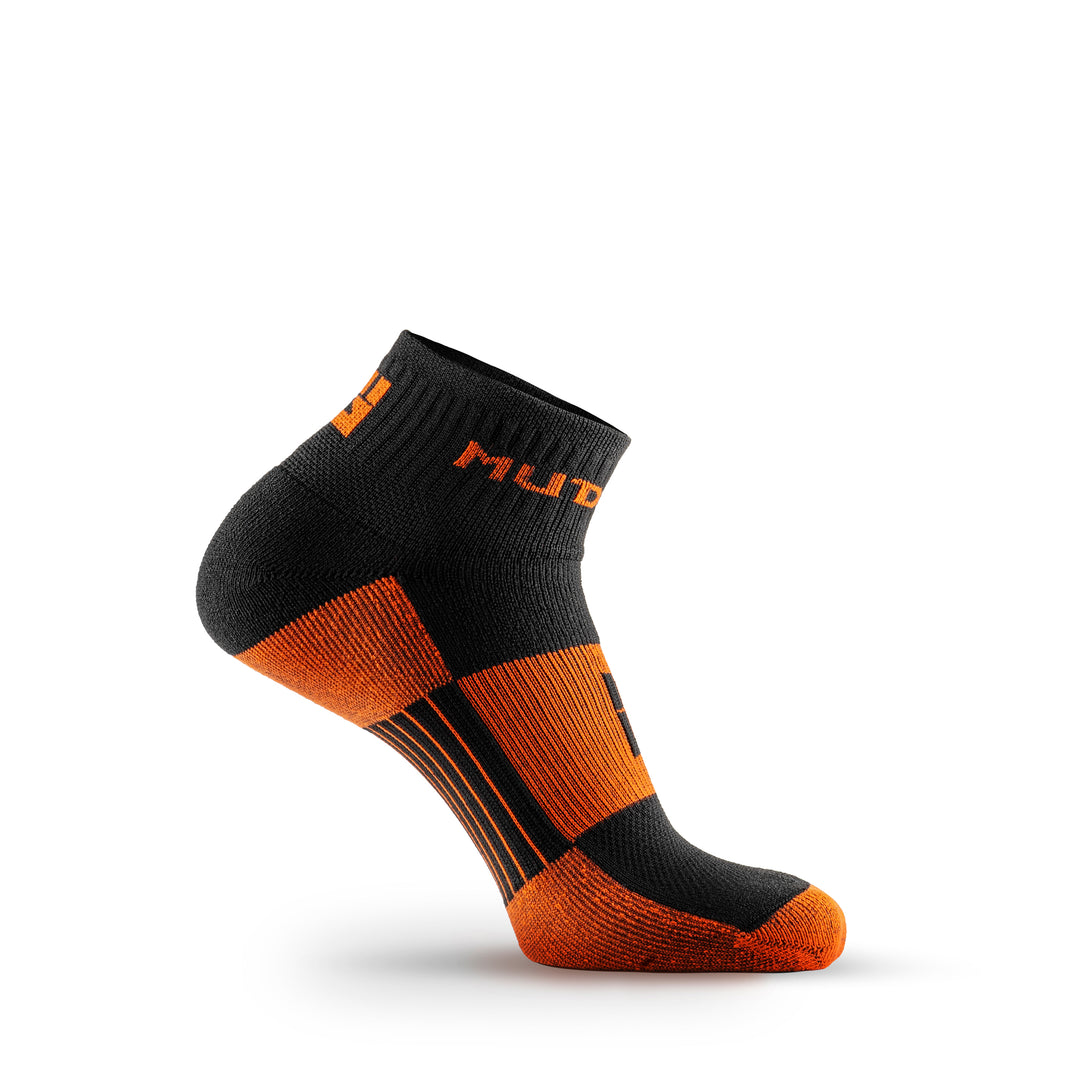
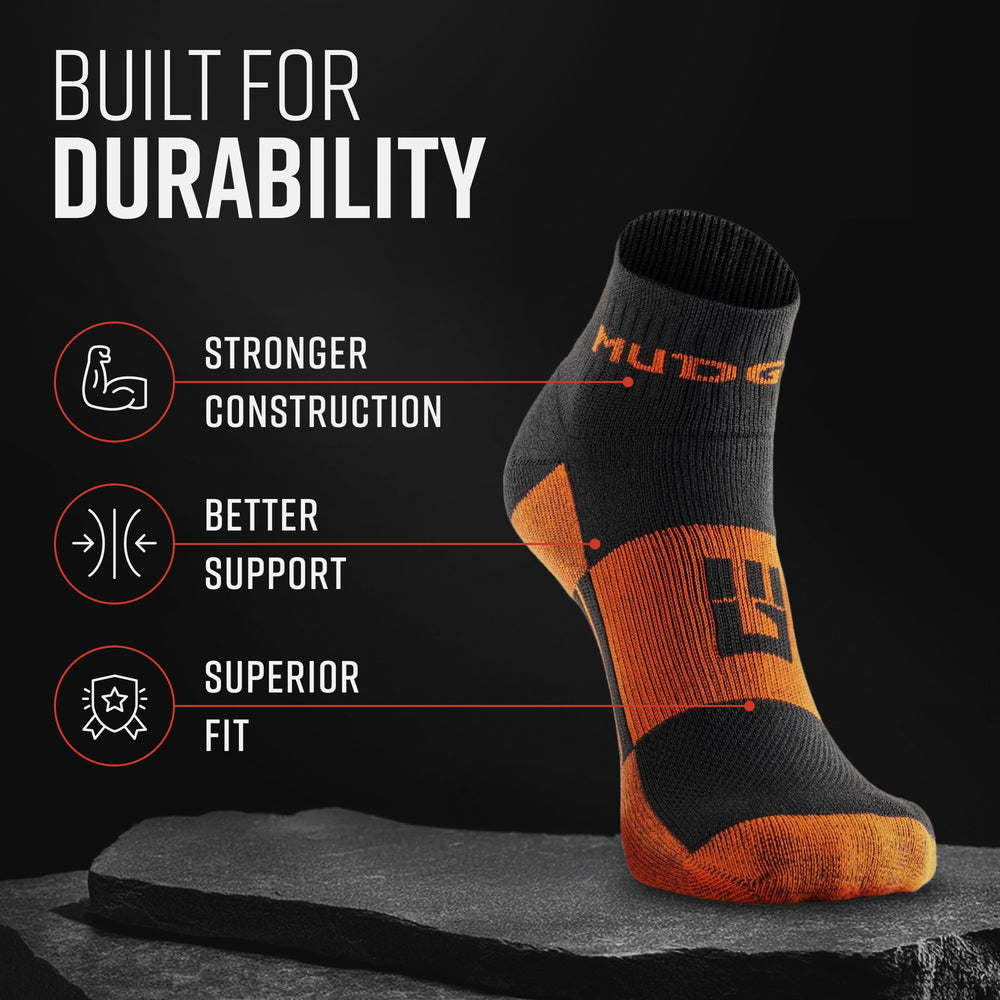


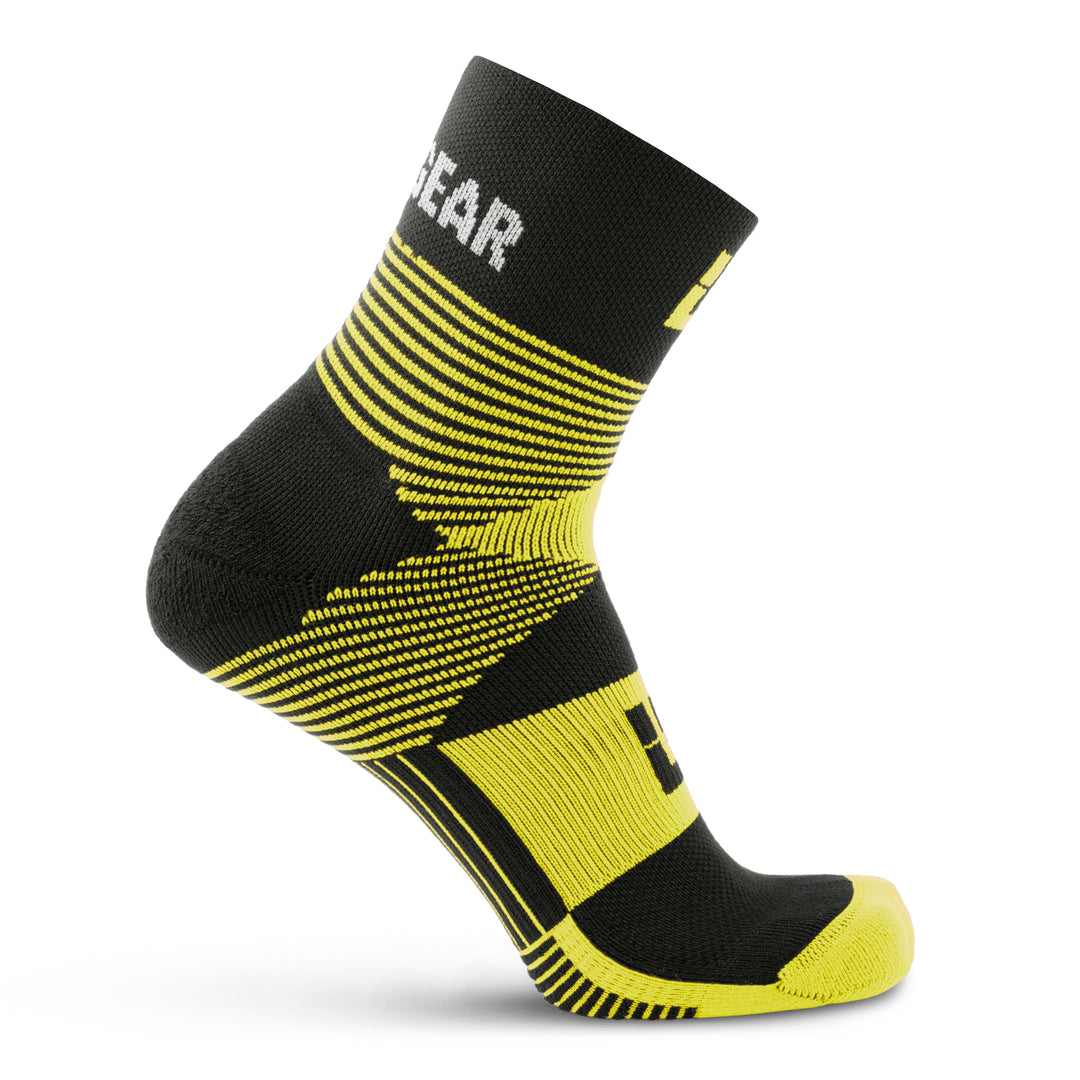
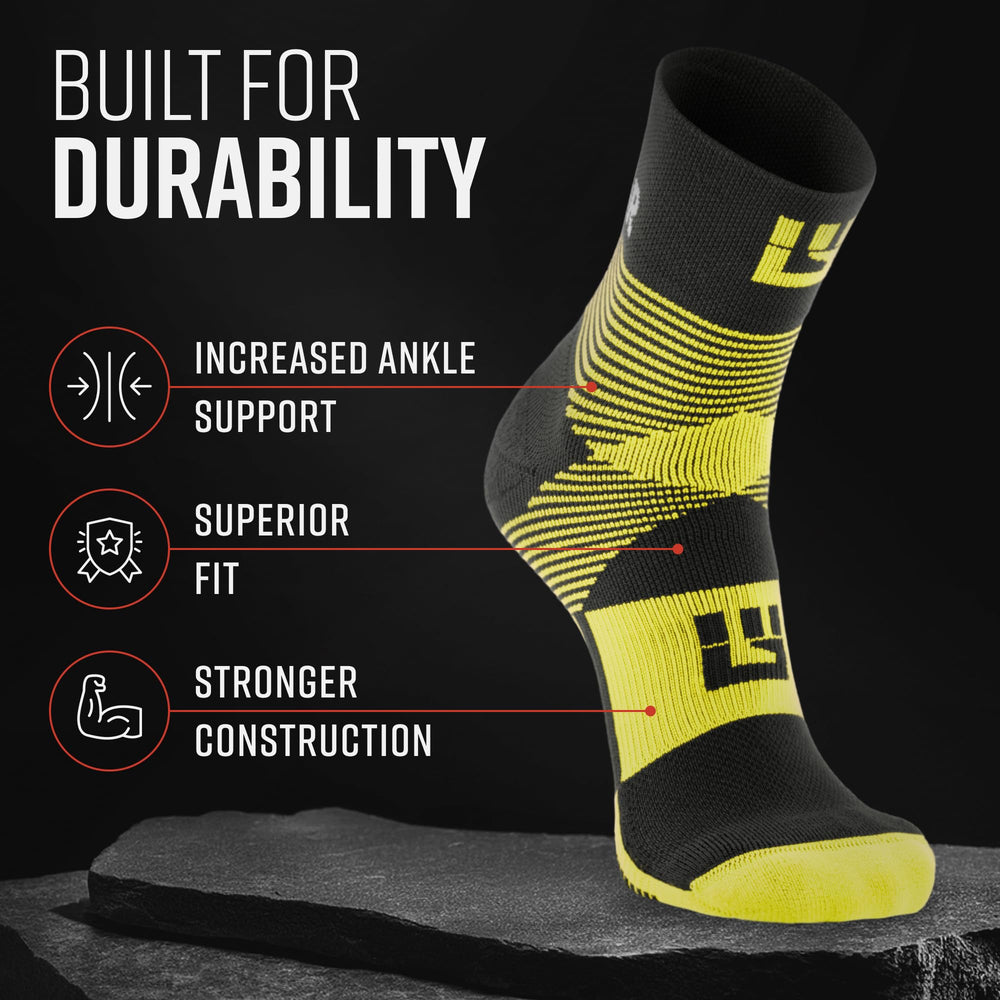

Leave a comment